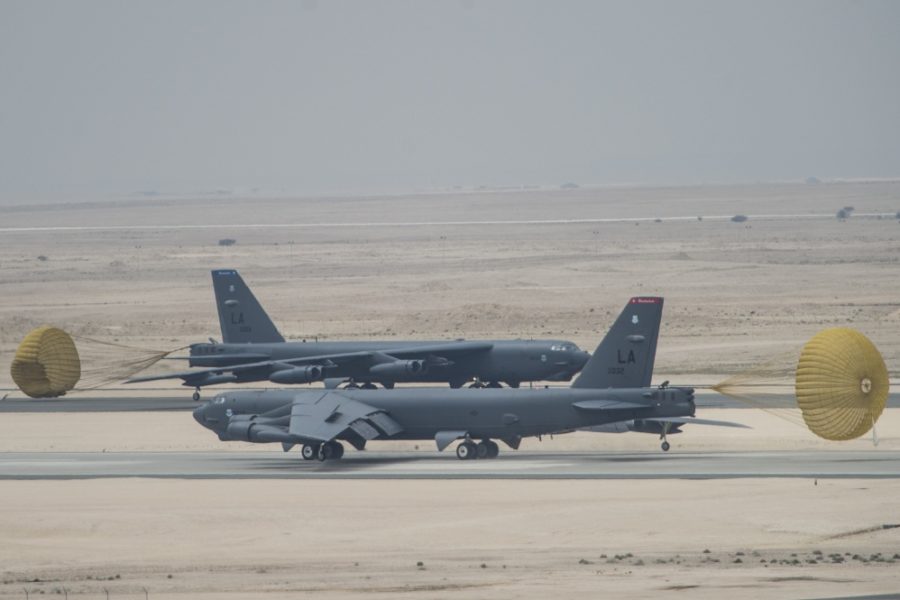USAF is prioritizing an enduring presence across the Middle East as the U.S. prepares for “over-the-horizon” operations following the withdrawal from Afghanistan.
Acting Air Force Secretary John P. Roth told members of the Senate Appropriations defense subcommittee on June 8 the Air Force’s direct war funding takes a hit in its 2022 budget request, reflecting the ongoing withdrawal from Afghanistan. Roth said funding for “day-to-day operations” decreases about a billion dollars in 2022, though the department still budgeted “about $10 billion” for an “enduring presence” in the U.S. Central Command area of responsibility.
“We have a series of air bases, they will stay for the time being, that’s where your over-the-horizon capability will come from,” Roth said.
The Air Force’s enduring and direct war request of $10.07 billion is $2.3 billion less than the 2021 enacted amount. The service, in budget documents, said it is “taking risk in enduring missions, reducing the request amount to align with current assumptions.”
Unlike prior years, the 2022 budget eliminates the “overseas contingency operations” funds, pulling much of that money into the Pentagon’s $715 billion base budget.
Some areas, according to budget documents, where the Air Force is drawing down its spending, include:
- A decrease in flying hours, funding just 160,613 total force flying hours in its direct war and enduring costs budget, down from 200,866 in the 2021 enacted budget.
- A decrease in the number of Total Force Airmen supporting contingency operations from 22,779 in the 2021 budget to 19,889 in the 2022 request.
Some costs are growing, however. The Air Force is requesting $154.52 million for primary combat forces funding for Operation Freedom’s Sentinel in Afghanistan, up from $108.84 million in 2021 as strike aircraft face longer missions. Continued operations will focus largely on locations such as Al Udeid Air Base, Qatar, which is hosting B-52 bombers for long-distance strike operations in Afghanistan.
On June 8, CENTCOM announced that more than 50 percent of the entire retrograde process has been completed, with about 500 C-17 loads of material flown out of the country.
Air Force Chief of Staff Gen. Charles Q. Brown Jr., appearing alongside Roth in the hearing, said the current capabilities in use in CENTCOM will largely remain in the Air Force in 2022, though he acknowledged the service’s priorities are shifting.
“I will tell you we are also making a transition to the future,” Brown said. “So, small levels of that divestment as we start to look towards the future, maintaining the capability that we’ve been using today, at the same time looking forward [to that] capability that will ensure that we are able to be connected, and be persistent, and be supportable, not only in a permissive environment, but in a highly contested environment as well.”
